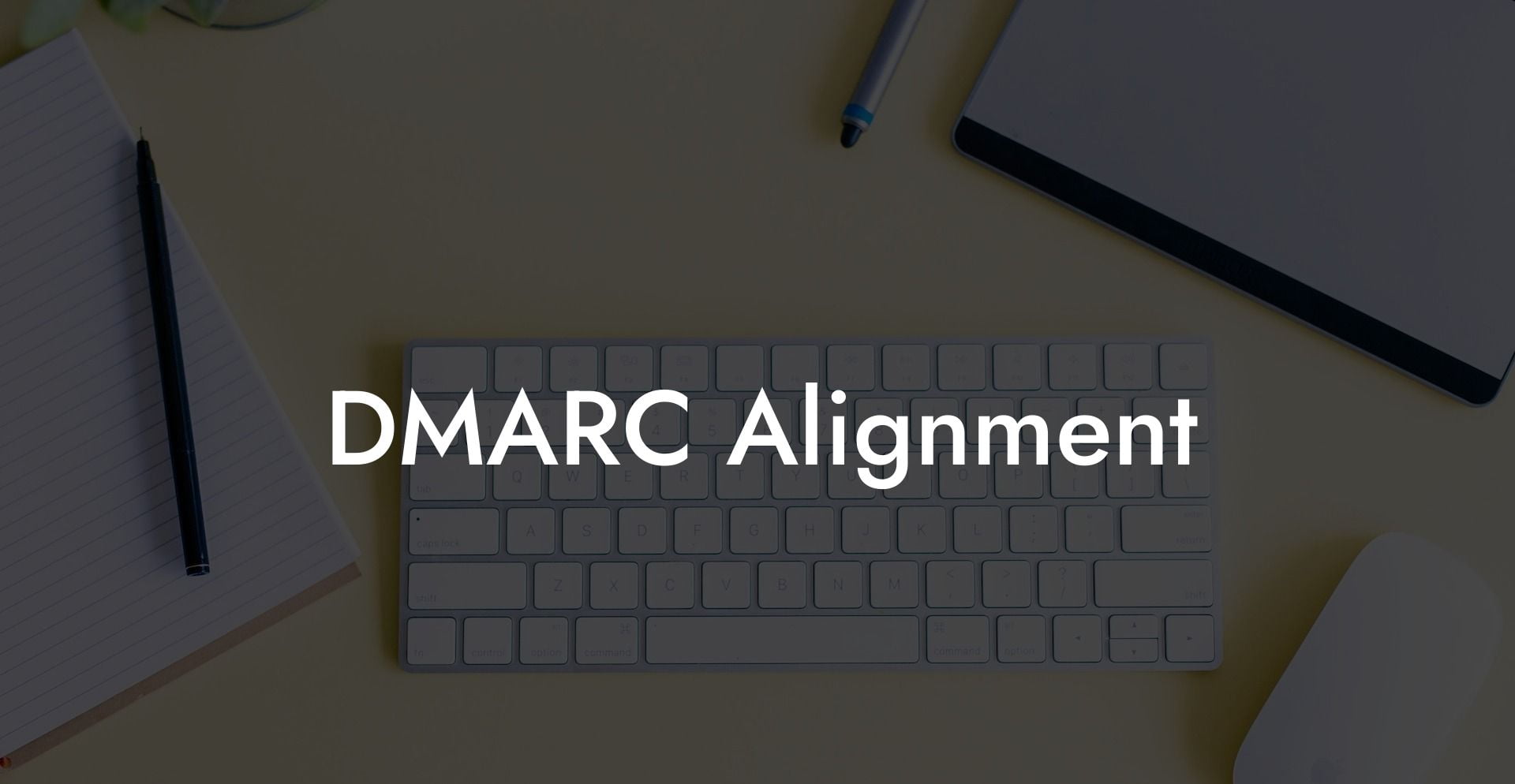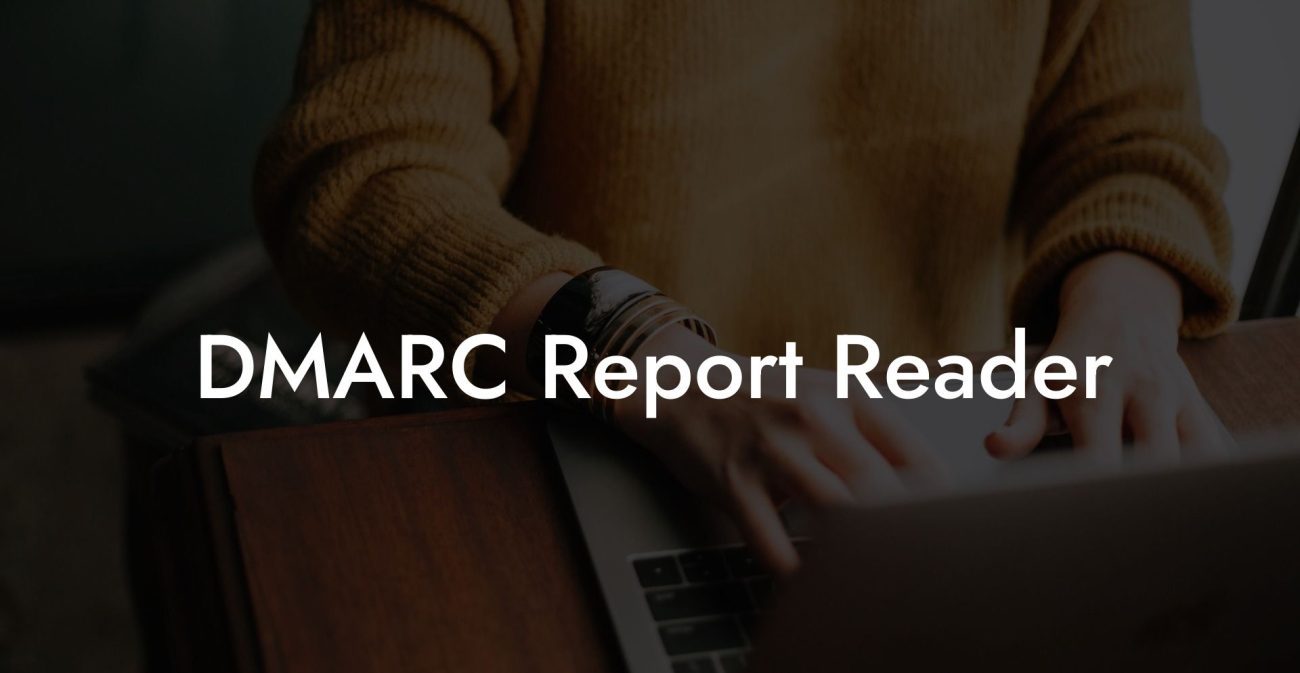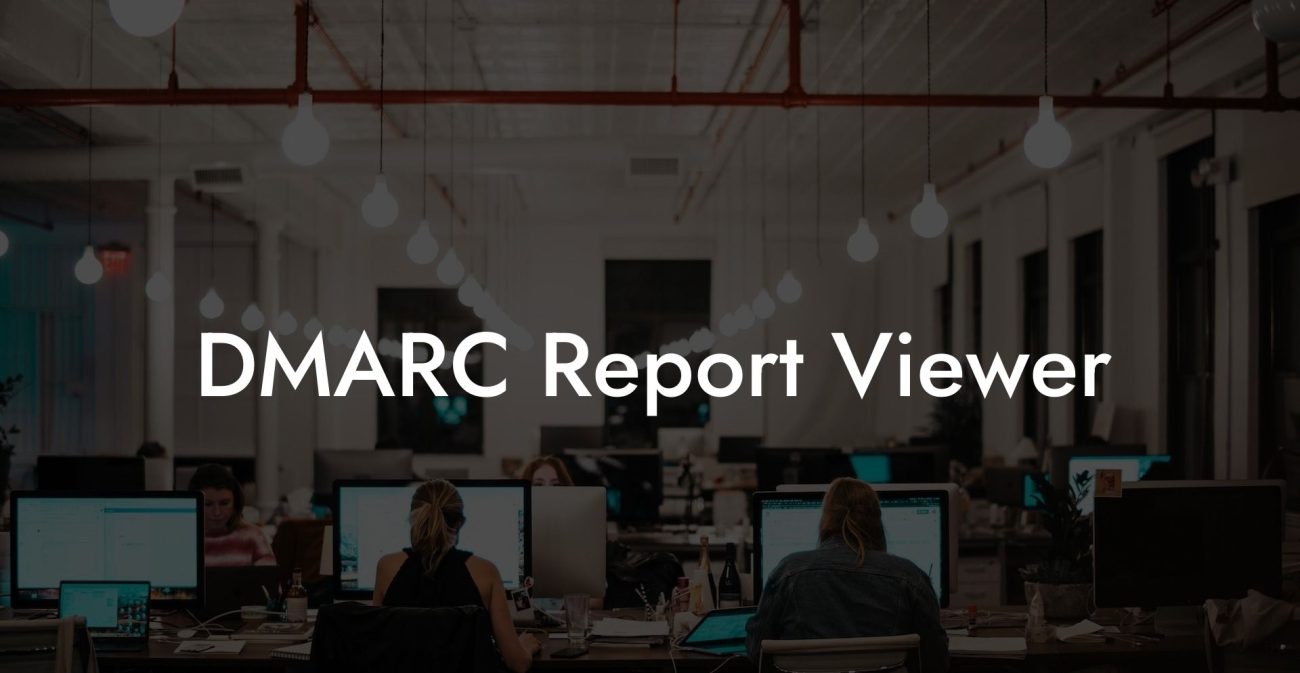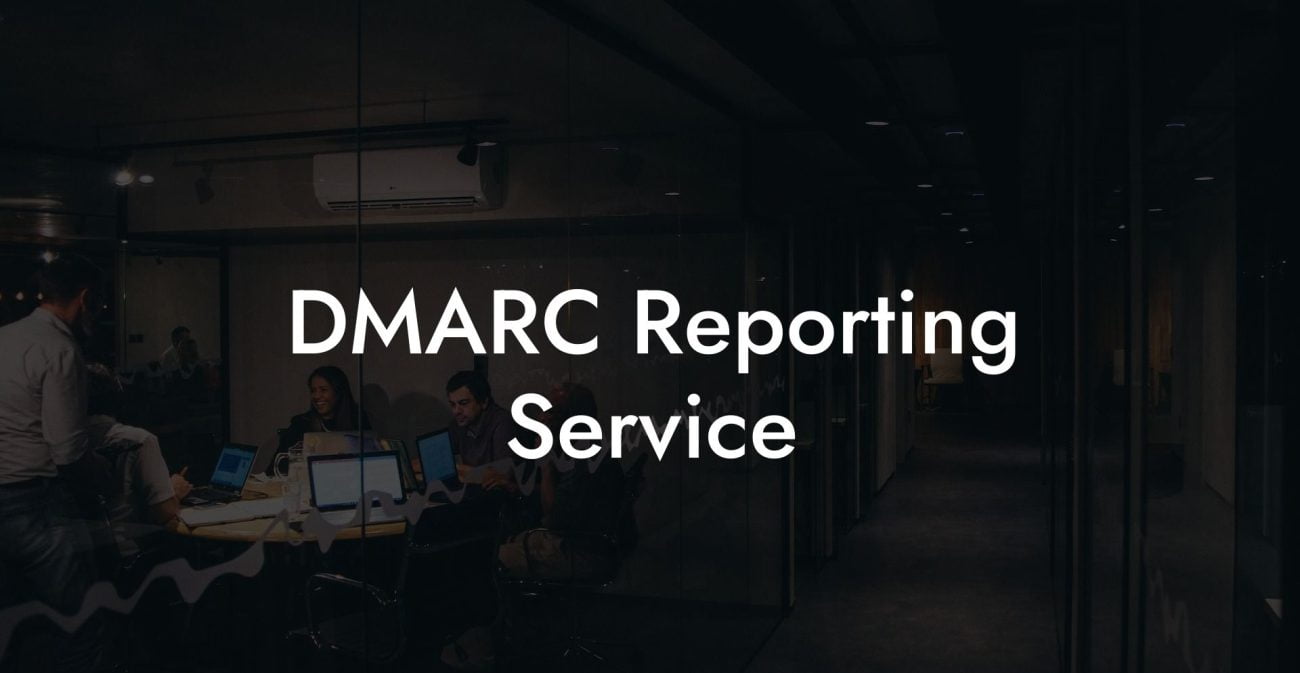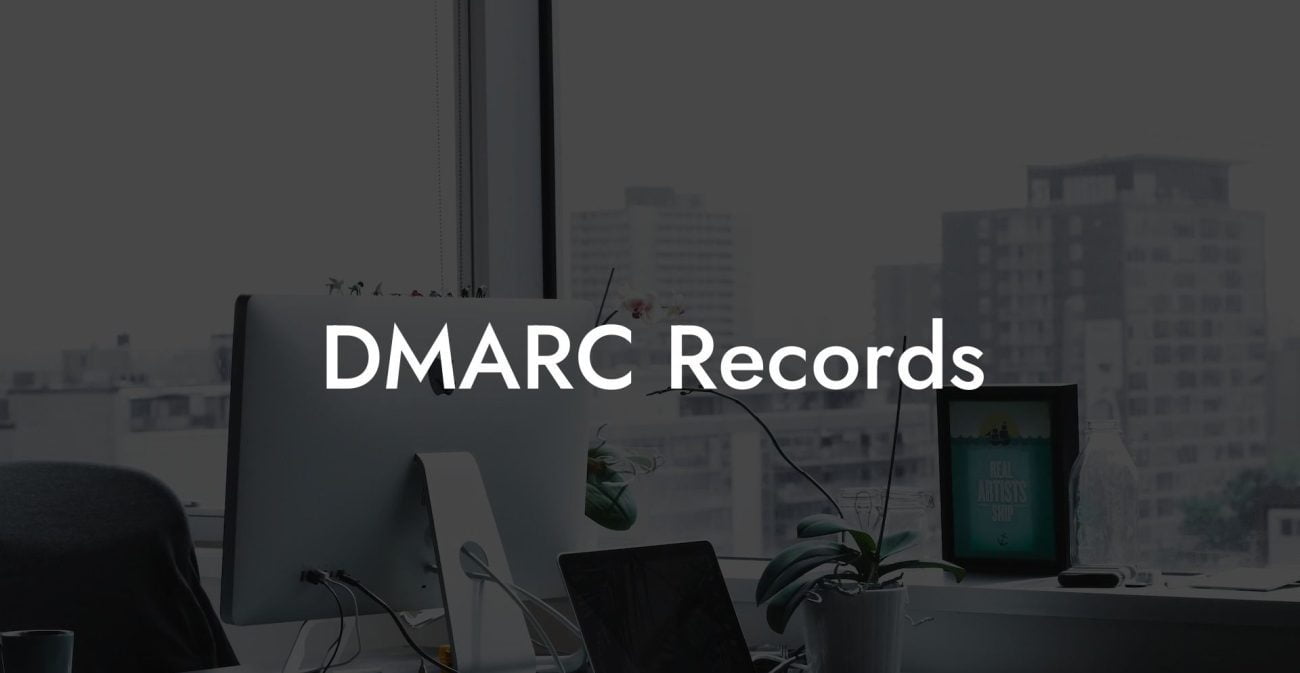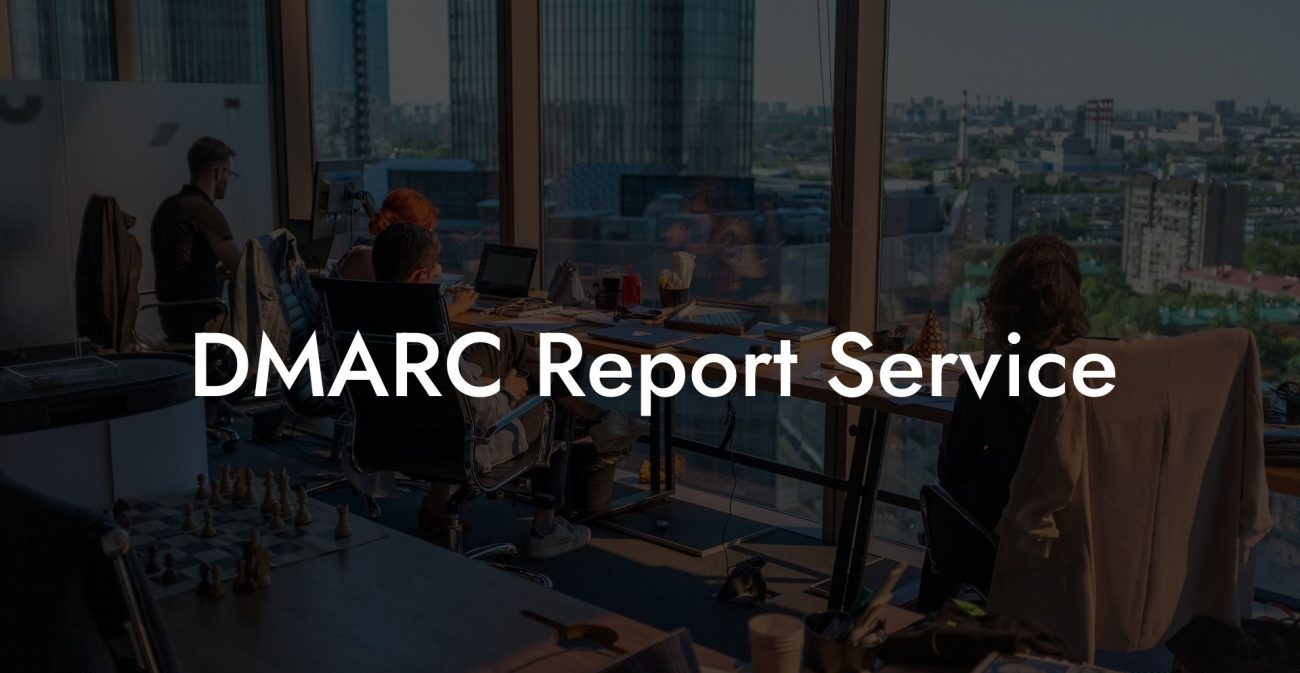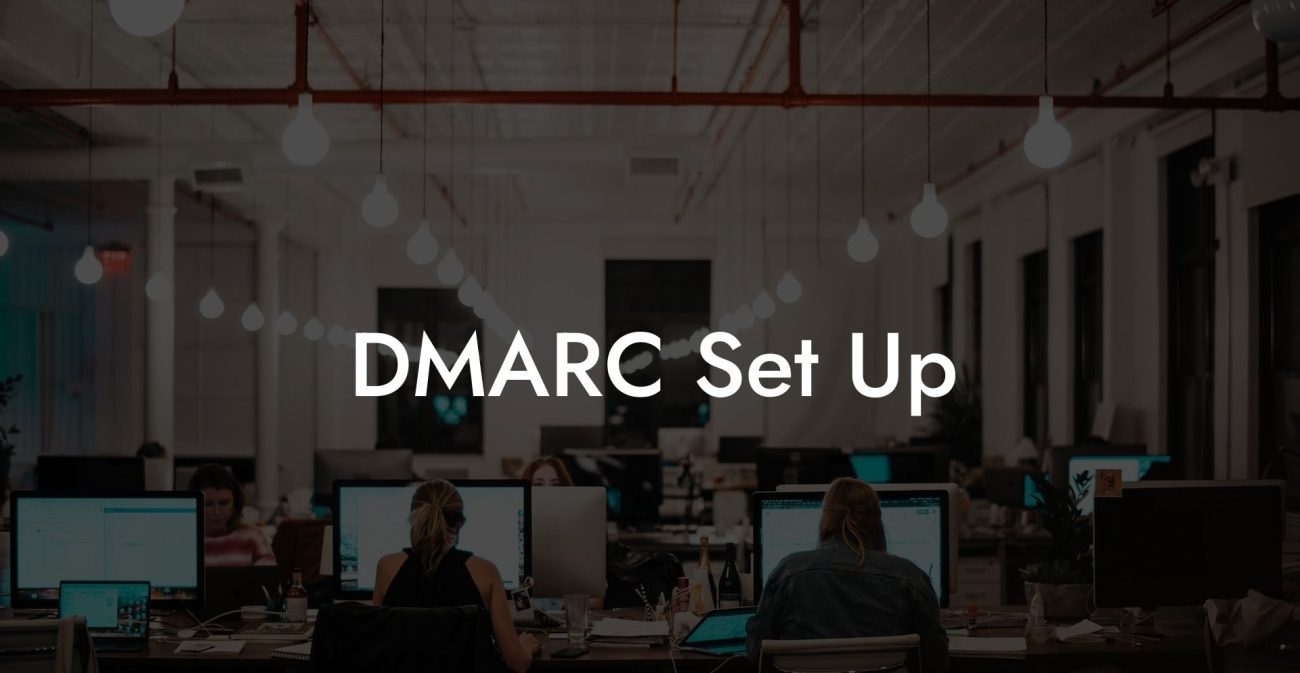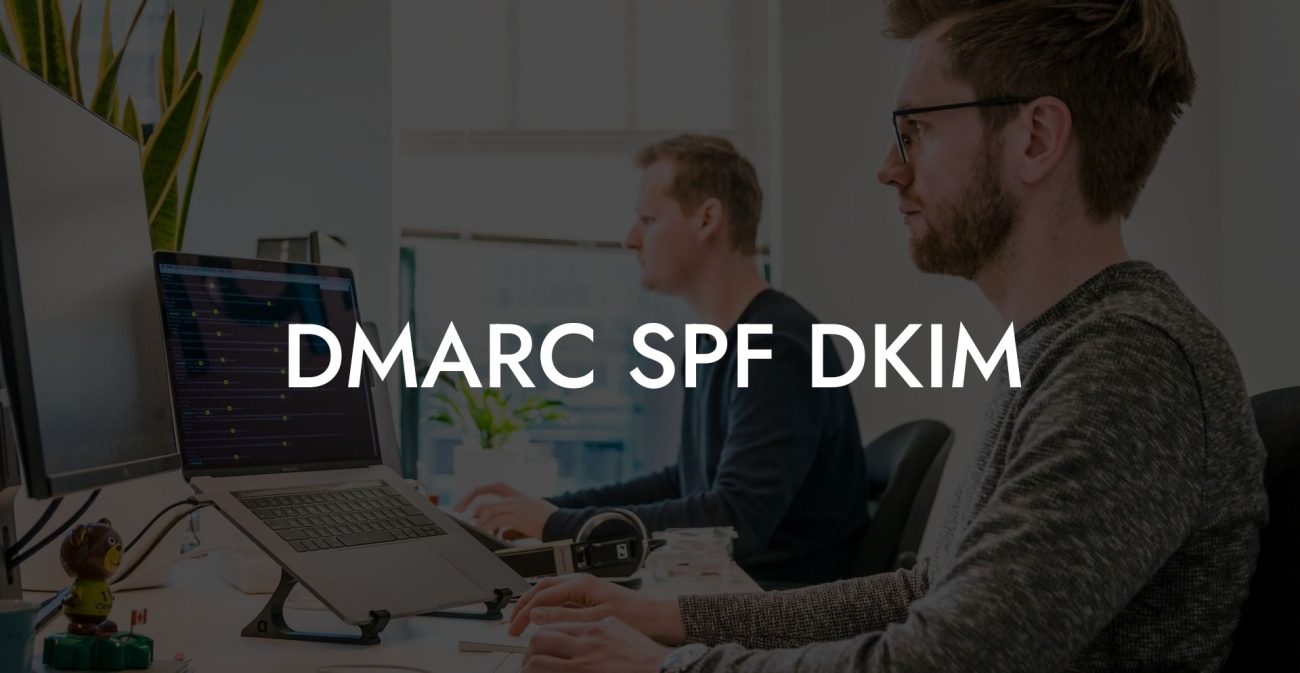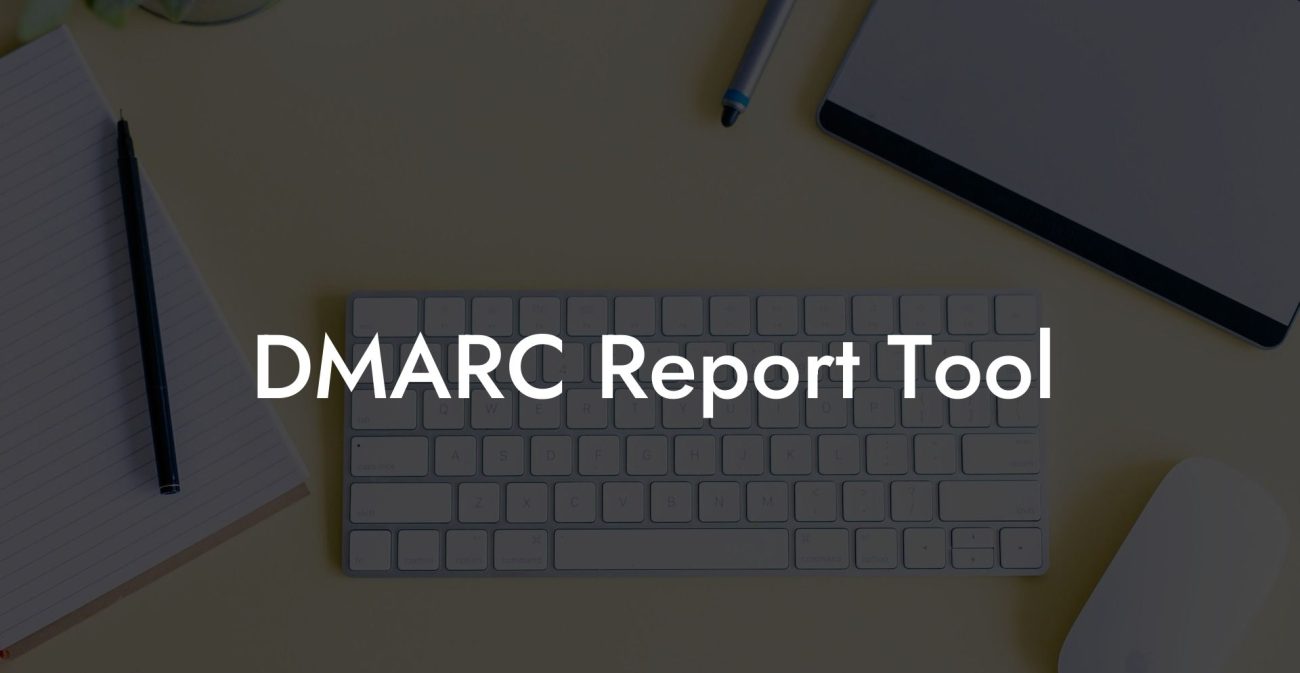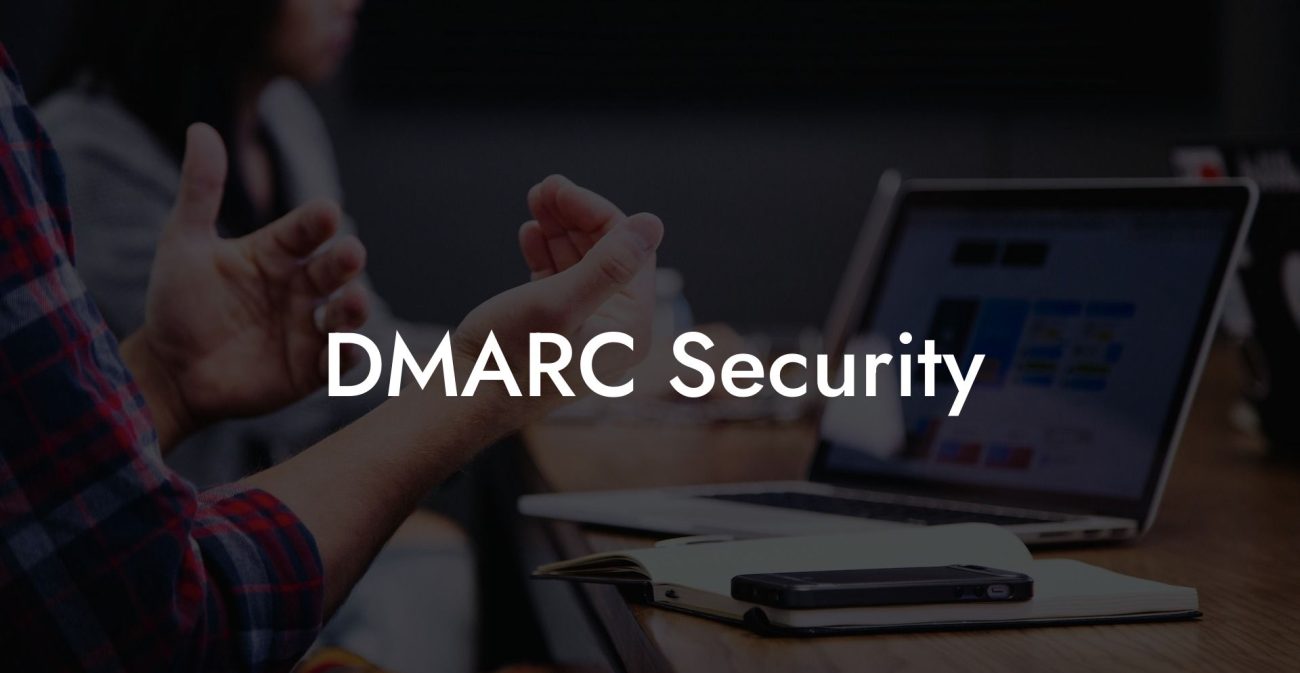In the ever-evolving landscape of cyber threats, email security has become a top priority for organizations and individuals alike. DMARC (Domain-based Message Authentication, Reporting, and Conformance) alignment is an essential component of email security, protecting your domain from harmful phishing attacks, spoofing, and other malicious activities. In this comprehensive guide, we will explore the importance of DMARC alignment, the process involved, and how it can help protect your brand and reputation in the digital world.
DMARC Alignment Table of Contents
What is DMARC Alignment?
DMARC is an email authentication protocol that helps protect domains from being exploited by phishing attacks, spoofing, and other malicious activities. It builds upon two existing email authentication methods: SPF (Sender Policy Framework) and DKIM (DomainKeys Identified Mail), adding a reporting feature to enhance security.
Protect Your Data Today With a Secure Password Manager. Our Top Password Managers:
DMARC alignment refers to the process of ensuring that the SPF and DKIM authentication methods used for your domain are properly aligned with the DMARC policy. It verifies that messages sent from your domain genuinely originate from your domain and are authorized by you, minimizing the risk of unauthorized use of your domain.
Why is DMARC Alignment Important?
- Brand Protection: Implementing and ensuring DMARC alignment protects your brand and reputation against cybercriminals who send malicious emails using your domain name. By blocking unauthorized use of your domain, DMARC alignment prevents such attacks from damaging your brand perception and reducing trust among your customers.
- Email Security: Email remains the most common method used by cybercriminals for phishing attacks, making it essential to protect your domain with DMARC alignment. This ensures that emails sent on behalf of your domain are legitimate, protecting both you and your email recipients from phishing attempts and other malicious activity.
- Improved Deliverability: DMARC alignment enhances email deliverability rates, helping ensure that your legitimate emails reach their intended recipients. Email providers prioritize DMARC aligned emails, reducing the likelihood of your messages being marked as spam.
How Does DMARC Alignment Work?
The key to DMARC alignment is properly configuring both SPF and DKIM authentication methods for your domain and ensuring your DMARC record is set up correctly. This typically involves the following steps:
- Setting up an SPF record to list all authorized sources for sending mail on behalf of your domain.
- Implementing DKIM signatures for outgoing messages, signing them with a unique key tied to your domain.
- Creating a DMARC record specifying your desired policy and alignment requirements for SPF and DKIM, as well as your preferred method for receiving reports on authentication results.
- Periodically reviewing DMARC reports to identify and address any misalignments and analyze authentication failure rates.
Best Practices for DMARC Alignment
To ensure proper DMARC alignment, consider the following best practices:
- Implement both SPF and DKIM authentication methods and ensure that they both pass alignment in your DMARC record.
- Start with a relaxed DMARC policy, such as using the "p=none" policy, which collects reports without actually enforcing policy actions. This enables you to analyze authentication results and make adjustments before implementing more stringent policies.
- Gradually increase the DMARC policy action level as you gain confidence in your alignment. Consider transitioning to the "p=quarantine" policy, which sends failed messages to the recipient's spam/junk folder, followed by the "p=reject" policy, which outright refuses delivery for failed messages.
- Regularly monitor and analyze DMARC reports to detect and remedy any misalignments and authentication issues.
- Seek assistance from professionals specializing in email security and DMARC implementation if needed.
DMARC Alignment Example:
Imagine your company, ABC Corporation, is experiencing a phishing attack, with malicious actors sending emails to your clients using your domain. The customers start to doubt the legitimacy of emails originating from your domain, leading to a loss of trust and potentially causing harm to your reputation.
By implementing DMARC alignment for your domain, you can ensure that all emails sent on behalf of ABC Corporation are authenticated, effectively shutting down the phishing attack. This protects your brand reputation, provides peace of mind for your customers, and strengthens your organization's overall email security posture.
In summary, DMARC alignment is a crucial component of email security and brand protection, ensuring that your domain is not misused for phishing attacks and other malicious activities. By implementing DMARC properly, adopting best practices, and regularly monitoring alignment reports, you can shield your organization from potential harm and enhance trust among your customers. Share this guide to help others learn about DMARC alignment and its importance in safeguarding their digital presence. Don't forget to explore our other informative guides on Voice Phishing for more insights on cybersecurity.
Protect Your Data Today With a Secure Password Manager. Our Top Password Managers:

